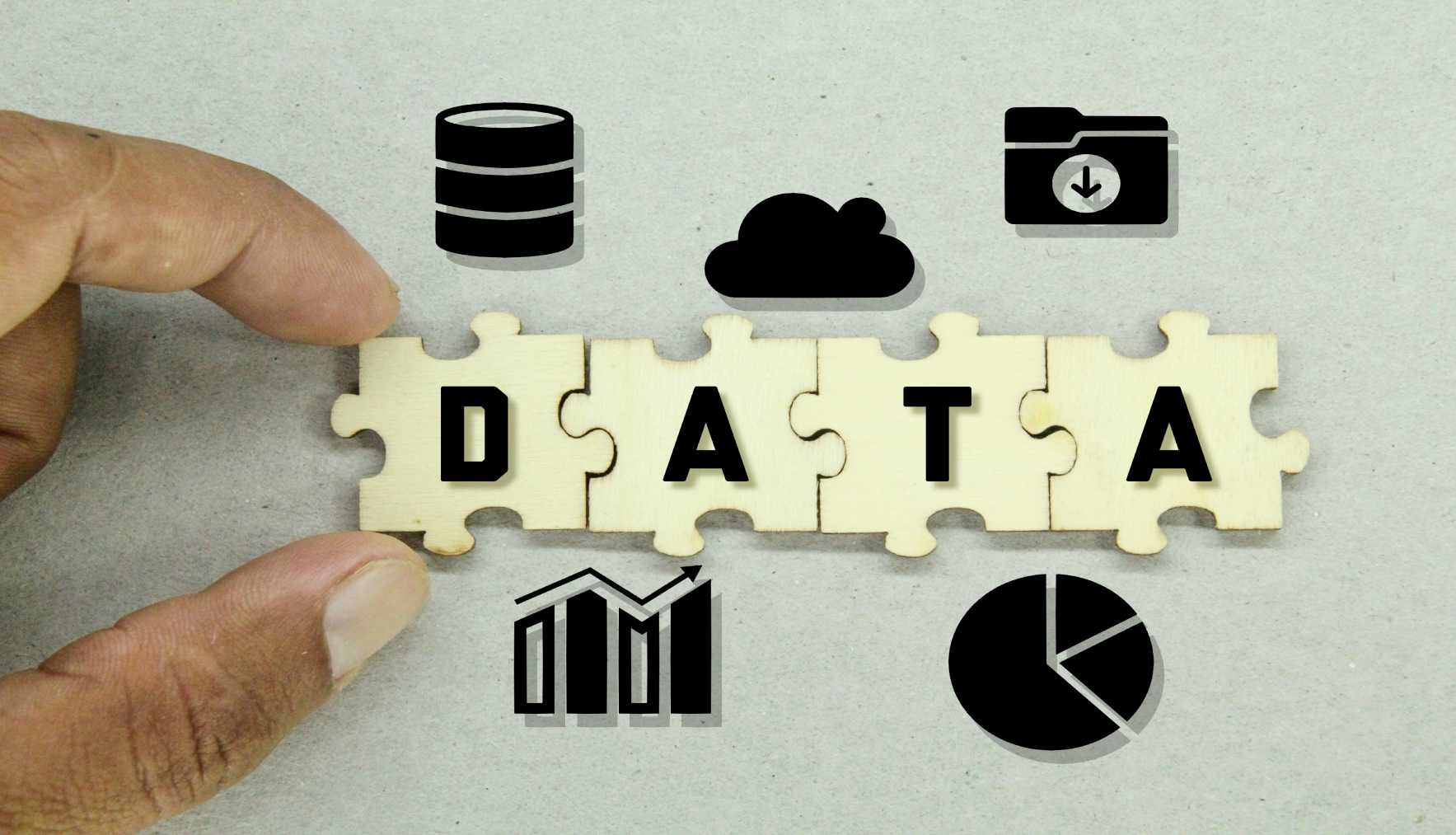
Implementing Real-Time Data with ERP in Engineering and Architecture Firms
In today’s fast-paced engineering and architecture sectors, the ability to access and analyze real-time data has become crucial for maintaining competitive advantage and operational efficiency. Enterprise Resource Planning (ERP) systems, traditionally focused on integrating various business processes and data flows within an organization, now increasingly incorporate real-time data capabilities. This enhancement allows firms to gain immediate insights into project progress, resource utilization, and financial performance, enabling quicker decision-making and more agile responses to market changes.
Integrating real-time data into existing ERP systems requires careful planning and execution to ensure seamless data flows and system handling of increased data volume and velocity.
Steps to Integrate Real-Time Data Capabilities in Existing ERP Systems
Integrating real-time data capabilities into existing ERP systems involves several key steps. First, conduct a thorough assessment of the current ERP infrastructure to identify areas needing upgrades or modifications to support real-time data processing. Next, define clear objectives and key performance indicators (KPIs) to measure integration success. Selecting appropriate data sources and integration tools is crucial, ensuring compatibility with the existing ERP system. Following this, set up real-time data connectors and middleware to facilitate seamless data flow between various systems and the ERP. Implement robust data governance practices to ensure data accuracy, consistency, and security. Finally, conduct a comprehensive testing phase to validate the integration, followed by training sessions for end-users to effectively utilize the new real-time data capabilities.
Key Considerations for a Successful Implementation
For a successful implementation of real-time data capabilities in existing ERP systems, address several key considerations. Firstly, compatibility and scalability are essential. Select real-time data integration tools and technologies compatible with the existing ERP infrastructure and scalable to accommodate future growth and increasing data volumes. This ensures sustainable and adaptable integration to evolving business needs.
Data quality and integrity are also critical. Implementing real-time data capabilities necessitates robust data governance practices, including data validation, cleansing, and monitoring processes. Ensuring that the data entering the ERP system is accurate, consistent, and timely is crucial for deriving reliable insights and making informed decisions. Additionally, prioritize data security. Real-time data integration often involves transferring sensitive information across various systems, making it imperative to implement strong security measures, such as encryption, access controls, and regular security audits.
User adoption and training are vital. The success of real-time data integration heavily depends on end-users effectively utilizing the new capabilities. Develop comprehensive training programs to educate employees on how to access, interpret, and act on real-time data. User-friendly interfaces and intuitive dashboards can also facilitate the adoption process by making it easier for users to interact with the system.
Lastly, establish clear goals and KPIs for the integration project. Define success in terms of operational improvements, cost savings, or enhanced decision-making capabilities to provide a benchmark against which to measure progress. Regularly review these metrics and adjust strategies as needed to ensure the implementation aligns with the firm’s overall objectives and delivers the desired outcomes.

Common Challenges and Solutions
Integrating real-time data capabilities into existing ERP systems presents challenges. Engineering and architecture firms often use a variety of software tools and platforms for different functions, leading to fragmented data sources. Integrating these disparate systems into a cohesive ERP framework can be complex and time-consuming. Employ advanced integration platforms and middleware that bridge these gaps effectively, allowing for seamless data flow and minimizing disruptions during the transition.
Real-time data integration increases the risk of discrepancies and data conflicts, which can lead to incorrect decision-making. Implement robust data validation rules and reconciliation processes to maintain data integrity. Additionally, continuous monitoring and automated alert systems can promptly identify and address data inconsistencies, ensuring the reliability of real-time information.
Real-time data processing requires significant computational resources and can strain existing ERP systems. Leverage cloud-based solutions that offer scalable infrastructure capable of handling large volumes of data. Cloud platforms provide the flexibility to scale resources up or down based on demand, ensuring optimal performance without the need for significant upfront investments in hardware.
Employees accustomed to traditional ERP systems may find it challenging to adapt to new real-time data capabilities. Overcome this resistance with a comprehensive change management strategy, including regular communication, stakeholder engagement, and extensive training programs. Provide hands-on training sessions, user-friendly documentation, and ongoing support to ease the transition and encourage user adoption.
The integration project can face budget constraints and timeline pressures. Unexpected technical issues or scope changes can lead to cost overruns and delays. Adopt an agile implementation approach, breaking the project into manageable phases with clear milestones. Regular progress reviews and flexibility to adjust plans as needed can help keep the project on track and within budget.
Leveraging Data Analytics and Reporting Tools
Once real-time data capabilities are integrated into an ERP system, leverage data analytics and reporting tools to extract actionable insights and drive business value. Advanced analytics tools can process large volumes of data in real time, uncovering patterns and trends that might otherwise go unnoticed. For engineering and architecture firms, this means gaining a deeper understanding of project performance, resource allocation, and financial health, enabling more informed decision-making.
Implementing real-time data analytics involves choosing the right tools and technologies that align with the firm’s needs and existing infrastructure. Robust functionalities for data visualization, predictive analytics, and business intelligence can transform raw data into intuitive dashboards and reports, making it easier for stakeholders to interpret and act upon the information. Integrating these tools with the ERP system ensures a seamless flow of data, providing a comprehensive view of the organization’s operations.
Predictive analytics and machine learning models can further enhance the value derived from real-time data. By analyzing historical data and identifying patterns, these models can predict future trends and outcomes, such as project delays, cost overruns, or resource shortages. For example, predictive maintenance models can anticipate equipment failures, allowing firms to take proactive measures and avoid costly downtime. Similarly, demand forecasting models can help plan resource allocation more efficiently, ensuring that projects are completed on time and within budget.
Real-time reporting tools play a crucial role in ensuring transparency and accountability. Customized reports can be generated automatically, providing stakeholders with up-to-date information on key metrics and KPIs. This level of transparency helps monitor progress, identify potential issues early, and make timely adjustments to strategies and plans. Additionally, real-time reporting facilitates better communication and collaboration among teams, as everyone has access to the same data and insights.
PASconcept, Your Best Choice
PASconcept is a comprehensive web-based ERP system designed specifically for architecture and engineering firms. This system provides an all-inclusive management platform that integrates various functionalities such as project management, proposal management, billing management, employee management, client management, subconsultant management, and business intelligence. It aims to streamline project workflows, enhance communication among stakeholders, and offer real-time data insights to support decision-making processes.
One of the key strengths of PASconcept is its ability to manage and track the entire project lifecycle, from initial client proposals to final invoicing. The platform offers features like real-time budget monitoring, resource forecasting, and automated notifications for timesheet submissions. These tools help firms maintain control over project costs, schedules, and deliverables.
Additionally, PASconcept supports cloud storage, ensuring secure and accessible data management. It also includes robust reporting tools that provide deep insights into project performance, helping firms identify and address potential issues proactively. The system’s user-friendly interface and customizable options make it adaptable to the specific needs of different firms.
If you’re considering integrating PASconcept into your firm’s workflow, assess how its features align with your specific needs and ensure that your team receives proper training to maximize the benefits of this powerful ERP solution.
In conclusion, integrating real-time data capabilities into ERP systems, complemented by advanced data analytics and reporting tools, can significantly enhance the operational efficiency and decision-making capabilities of engineering and architecture firms. By leveraging these technologies, firms can gain a competitive edge, drive innovation, and achieve their strategic objectives more effectively.






